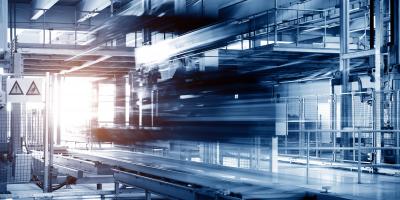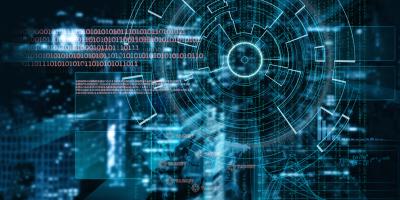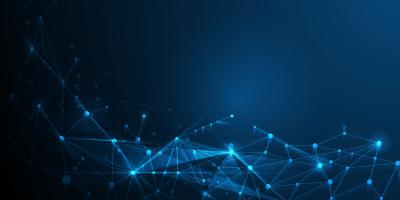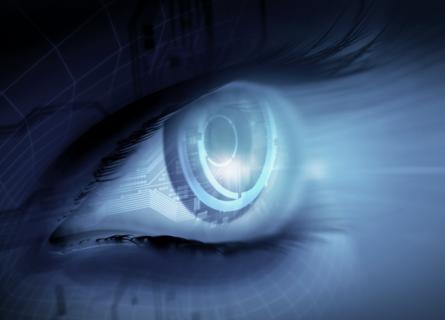
Deep learning with Machine Vision enables the automation of production in unseen ways
Since machine vision systems are increasingly being combined with artificial intelligence algorithms, they are now evolving at an explosive rate.
Machine learning and the significant development leaps have made artificial intelligence solutions more common in the industry as well. Machine vision systems and artificial intelligence can be used together in applications that would be too complex to maintain with traditional solutions.
Deep learning methods based on neural networks have been the subject of growing interest in recent years. It is one of the machine learning methods in which machines are able to learn from training data, i.e. through examples presented to it. A machine vision system that utilises deep learning can identify even unpredictable variables independently based on the data entered into it, without programming precise rules by hand.
There are significant differences between the applications of traditional machine vision systems and deep learning
Traditional machine vision systems provide real-time information about the production process and products, such as shapes, colours and surface structure much more accurately than the human eye. However, traditional machine vision methods require clear rules – when programming the system, one must be able to determine which features can be measured or classified to distinguish parts. This kind of solution is reliable when it comes to regular parts without too much variation.
In practice, deep learning means that the system learns similarly to a person evaluating the parts at the production line.
In production, deep learning allows the subjective qualification of objects, such as errors in the appearance or composition of a part. Furthermore, the classification of individual parts and the reading of markings on varying surfaces is easier with the help of deep learning, as the algorithm is able to learn the natural variations in the material. Typically, such production steps have required human judgment, but by using examples of good as well as bad results with a deep learning algorithm, it can learn to recognize the differences independently. In practice, deep learning means that the system can be taught similar things as a person who is evaluating the parts at the production line.
Deep learning, in addition to machine vision systems, can be utilised in speech recognition, picking objects in robotics, and even forecasting stock prices. The system learns and is able to make more independent decisions by the information it receives in the form of images, shapes, speech or text.

Why, when and how should we take advantage of deep learning?
When there are steps in the production process that cannot be successfully automated with the help of traditional machine vision systems, deep learning methods are worth exploring. Challenges in production can be caused by, for example, significant variations in material, poor quality data, or objects that cannot be measured quantitatively. As such situations were considered too difficult to automate earlier, they can now be solved by utilising a combination of machine vision systems and deep learning.
Since the evaluation of the parts in the production process only takes a fraction of a second, deep learning speeds up the production process considerably as the amount of manual labour decreases. Under no circumstances can the human eye work as efficiently. Deep learning also makes identification much more accurate and uniform, as the possibility of human error no longer exists.
The time required to program the system is also reduced, as the machine takes care of learning. In this case, a machine vision system using deep learning system may even be a cheaper option than a traditional system, especially if the training material has been collected in advance.




